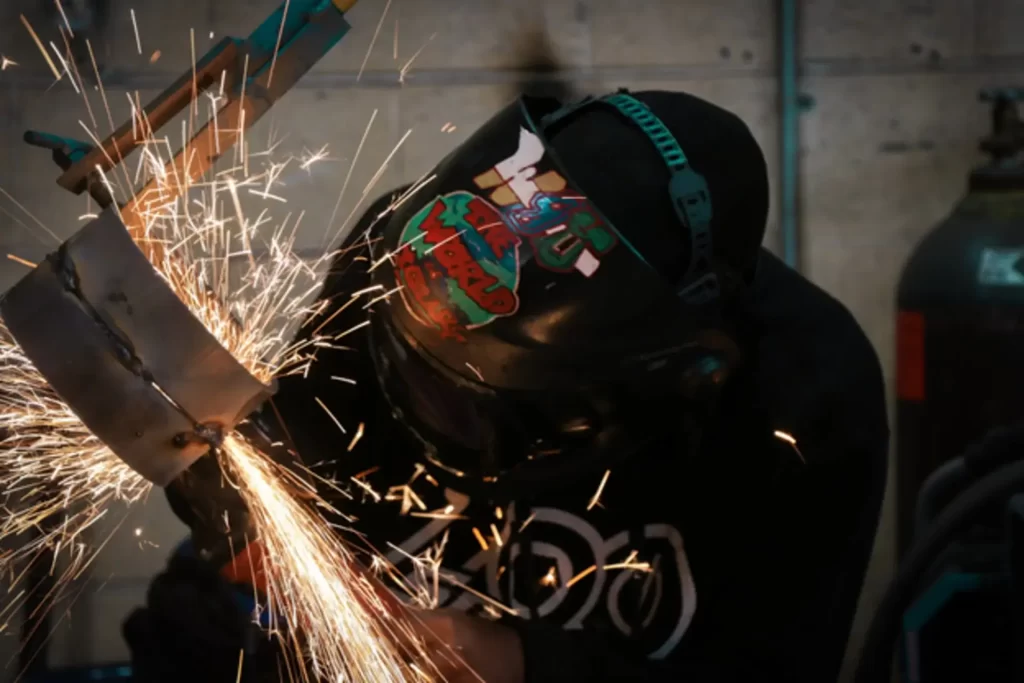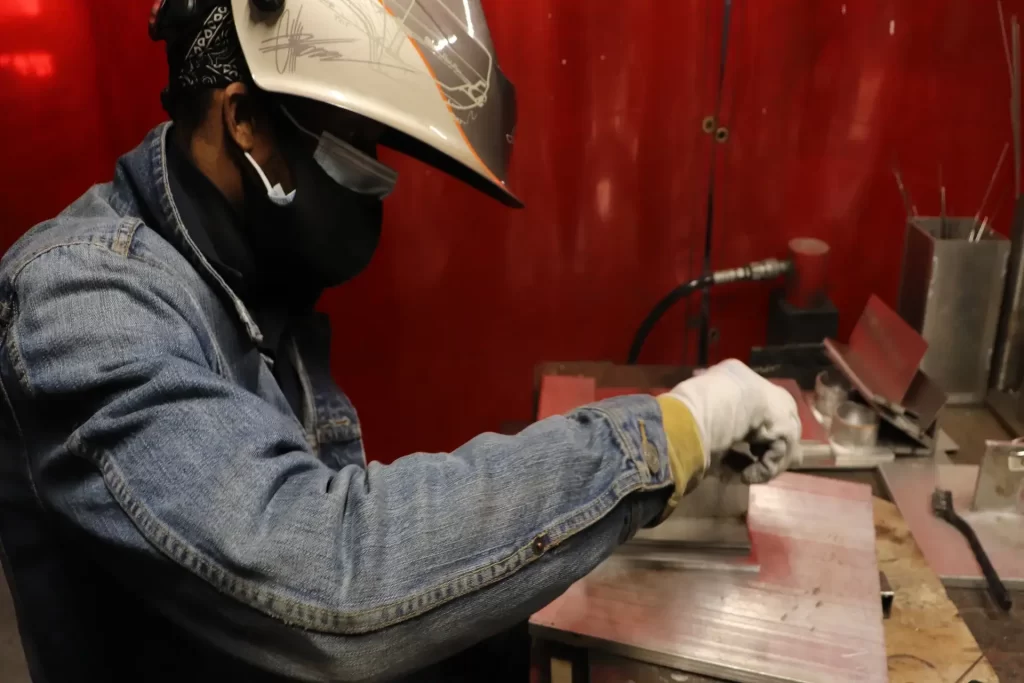Welding is not only practical, but it is also an artistic endeavor. Your daily life is positively impacted by constructive applications, just as with the automobile you drive and the workplace you work at. The type of welding program needed depends on the metal. We’ve collated crucial information on seven distinct welding program methods to make the topic easier to understand.
A newbie may readily handle and master MIG welding because it is a straightforward, standard method. Occasionally referred to as gas metal arc welding, MIG stands for inert metal gas (GMAW). In a rapid, semi-automatic procedure, filler wire is fed into the gun while shielding gas is discharged to shelter it from environmental contaminants. As an electrode as well, the filler wire is provided on a spool.
The wire’s tip serves as an electrode to spark an arc with base metal, which melts and forms the filler material for the weld. The continuous procedure necessitates presetting the settings according to the welding requirement. The adaptable method for joining a wide range of metals results in a neat, smooth, and aesthetically pleasing weld bead.
These welding courses are sensitive to environmental conditions, including rain, wind, and dust, making them unsuitable for outdoor application. Dross and porosity, which weaken the structure, are two aspects of the MIG welding quality issue. Construction, plumbing, robotics, and the maritime industries are where MIG welding is most frequently used. The available welding is reliable, robust, and can endure tremendous pressure.
Mig welding is suitable for all types of metal, ranging from aluminum and mild steel to stainless steel and other alloys. You may use anti-spatter spray or gel to reduce porosity & spatter while mig welding and adjust the machine settings based on the metal thickness. Also, ensuring the wire is correctly calibrated into the feeder is crucial. Learning basics are must, and applying the technique to join the metal properly requires expertise according to weldingintro.
A flux-covered arc, welding joint, welding wire, and metal components are all used during this type of welding. Because no welding fumes, powerful arc lights, or flying slags are released, the technique is safe. Any human or robot doing the welding is shielded from harm by the flux barrier. For high-production businesses, the procedure is quicker.
With little preparation and speed, SAW generates strong welds with deep penetration. In addition, because of the flux layer, the welder is shielded from UV and infrared rays.

These welding trainings have been around for 100 years and continue advancing. Because of its low cost and simplicity of operation, welding is popular. However, spatter welding occurs during the process, which requires cleanup.
An interchangeable stick electrode serves as the filler material in this instance. An arc is created when the stick’s tip touches the base metals. The electrodes’ filler metal melts due to the arc’s heat, making the weld. Next, it coats the electrode with a flux that forms a shielding cloud to shield the weld zone from oxidation. The change cools and transforms into slag, which must be chipped off.
The process’s positive aspect is that stick welding may be done outside and in inclement conditions, such as wind and rain. In addition, equipment maintenance can benefit from welding since it can be done on rusted, painted, and filthy metals. The market is filled with a vast range of electrodes. However, they are only effective for thin metals.
No filler material is necessary for TIG welding. The non-consumable tungsten electrode generates an arc when it contacts the base metal. Both metals are melted and joined together by the powerful arc. In case it’s necessary, you can utilize filler wire. To protect welding from the pollutants in the environment, we require a steady supply of shielding gas. Away from the elements and inside is where it functions best.
Despite being a robust weld, it is challenging to perfect. Because welding work requires both hands simultaneously, only a skilled welder can master this craft. Nevertheless, the welding results are exact, robust, and attractive on the outside, and cleanup is unnecessary. Copper, aluminum, magnesium, nickel, and stainless steel can join quickly. Industries that work with nonferrous metal, such as those that manufacture bicycles, vehicles, and tubing, are highly familiar with the procedure. Tools made of magnesium, stainless steel, and aluminum can be repaired with this.

Because the power source can handle both methods of welding, FCAW, and MIG welding are comparable. Filler wire, fed constantly from the gun as an electrode, is necessary for MIG welding. On the other hand, a gas shielding zone surrounds the weld using FCAW, which uses a wire with flux as its core. In this welding method, no external shielding gas is required. It can be applied to thick metals and is flexible.
Heavy metals respond well to high-heat welding, a practical job in welding procedures. It is a less expensive option for welding since no external gas is required. In addition to being utilized to repair heavy machinery, it is helpful for thicker metal. It is necessary to clean up the flux slag before you can achieve a beautiful clean weld. Since the shielding gas is unnecessary, it can be done quickly outside.
At 3500 degrees Celsius, one of the hottest welding careers. Seven times hotter than the largest, hottest pizza oven. When fuel gasses and oxygen flow through a torch, heat is produced. Three kinds of flames are used in the process: neutral, carburizing, and oxidizing.
There are numerous benefits to using welding technology. Pressurized gas is contained in a convenient steel cylinder, which makes it portable. Utilizing it is relatively simple, and it can handle metals of various sizes. It is a safe and affordable choice that even a beginner can master.
An exothermic, non-violent reaction occurs when thermit, a compound made of aluminum powder and iron oxide, is ignited. The intense heat melts metal and is then poured onto the necessary joint surfaces. After cooling, the liquid metal solidifies to provide a fierce welding job. It is a quick way to combine metal that is similar to metal and metal that is not. Thermite must be heated to a temperature of 1300 degrees Celsius for this welding method to work without a power source.
Read More